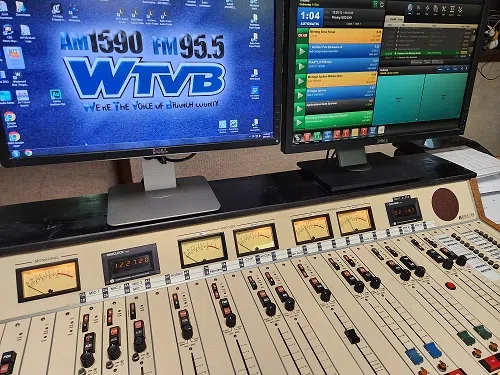By Lindsay Dunsmuir
(Reuters) – The U.S. Federal Reserve could raise interest rates by half a percentage point at its next policy meeting in September if high inflation does not improve and a 75 basis point hike could also be on the table, Chicago Fed President Charles Evans said on Tuesday.
“If you really thought things weren’t improving…50 (basis points) is a reasonable assessment but 75 could also be okay. I doubt that more would be called for,” Evans told reporters during a question and answer session at the regional bank’s headquarters in Chicago, effectively dismissing a full percentage point move.
That said, he added, he still hopes that if inflation finally begins to move down, the central bank can proceed with a 50 basis point move in two months, followed by a series of 25 basis point increases through the first part of next year.
The central bank raised its benchmark overnight lending rate by another three-quarters of a percentage point last week to a target range between 2.25%-2.50%.
It has hiked that rate by 225 basis points since March as officials have been increasingly aggressive to try and quash stubbornly high inflation that shows few signs of abating in the short term.
Evans noted that he thinks rates will have to rise to between 3.75% and 4% by the end of next year but cautioned against too quick a path to get there should the Fed have to retrench unexpectedly on the back of a changing landscape.
Fed Chair Jerome Powell said last week the central bank may consider another “unusually large” rate hike at its next meeting on September 20-21, with officials guided in their decision making by more than a dozen critical data points covering inflation, employment, consumer spending and economic growth between now and then.
The economy continues to flash conflicting signals with the tightest labor market in decades strongly pushing up labor costs in the second quarter but economic growth contracting for the second straight quarter. The Fed is trying to dampen demand across the economy to help bring down price pressures without causing a spike in unemployment.
Evans said that he had downgraded his expectations for economic growth this year and now sees it coming in at 1% or lower, but added that he still sees a path for the Fed to bring down inflation while keeping the unemployment rate below 4.5%.
(Reporting by Lindsay Dunsmuir; Editing by Chizu Nomiyama)




